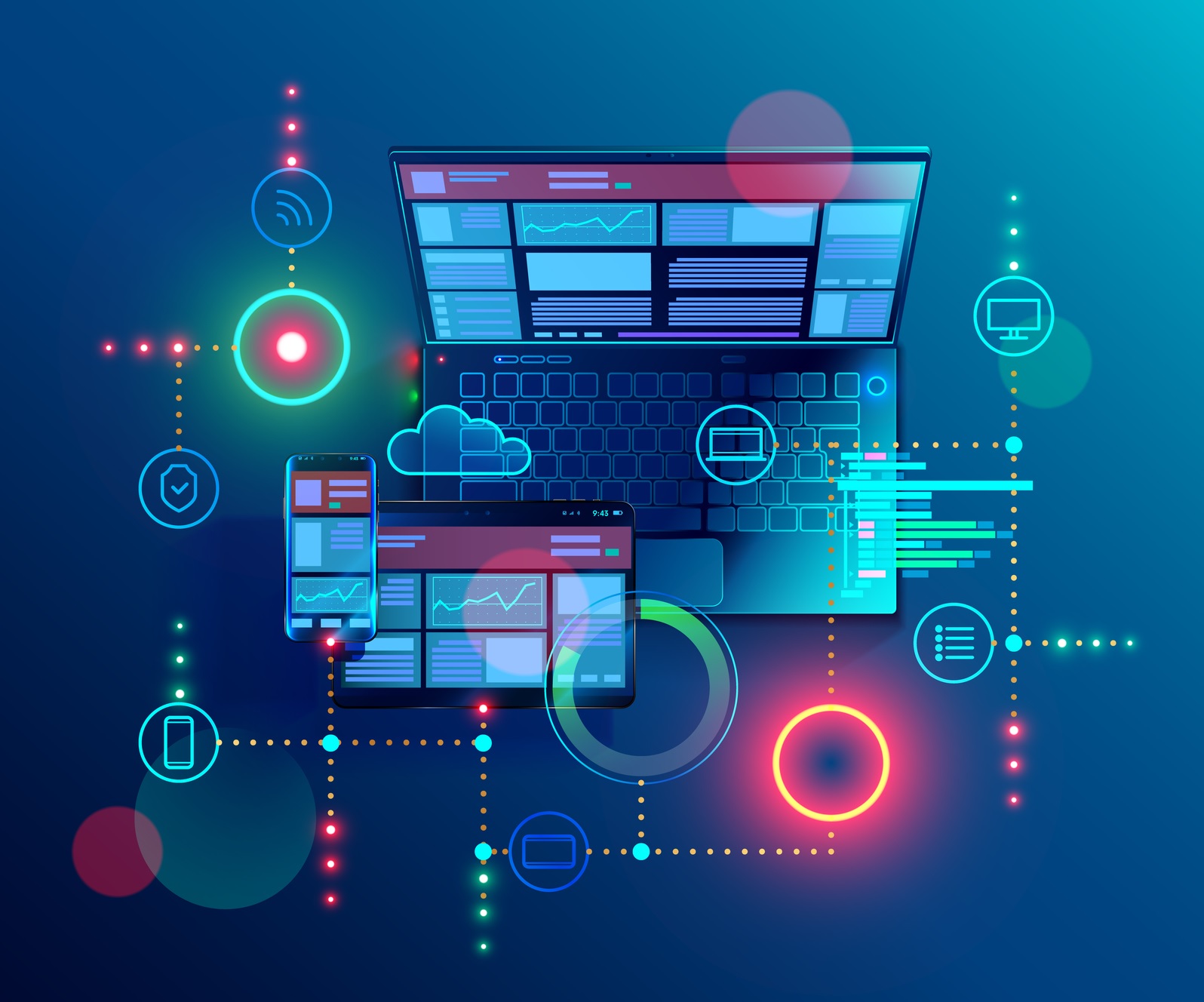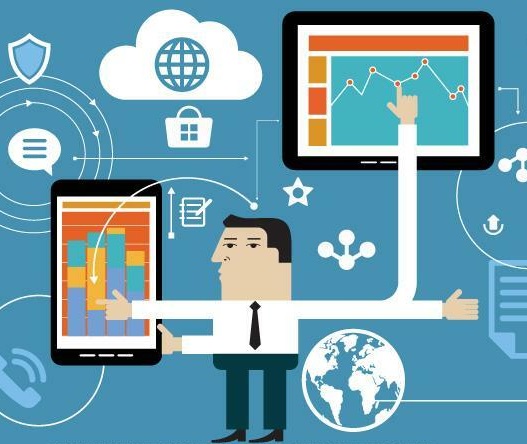
The rapid growth of connected devices is transforming how Australian businesses operate. From smart agriculture and utilities to fleet tracking and smart cities, organisations are deploying thousands, sometimes millions of IoT devices across vast and often remote environments. Managing these devices effectively is no longer optional. This is where IoT device management plays a critical role.
Introduction to IoT Device Management

IoT device management refers to the processes, tools, and platforms used to manage connected devices throughout their entire lifecycle. It ensures devices remain secure, functional, and cost-effective from the moment they are deployed until they are safely retired.
In Australia, where geography presents unique challenges, robust IoT device management is essential for maintaining reliable operations across urban, regional, and remote locations.
What Is IoT Device Management?
IoT device management is the practice of provisioning, monitoring, configuring, updating, securing, and decommissioning connected devices from a central platform. These devices may include sensors, cameras, meters, vehicles, machinery, and industrial equipment.
Unlike simple connectivity management, IoT device management focuses on operational control and security, ensuring devices continue to perform as expected while generating accurate and valuable data.
The IoT Device Management Lifecycle
Onboarding and Provisioning
The lifecycle begins with onboarding, where devices are securely authenticated and configured to connect to the network. This often includes assigning digital identities, credentials, and network settings.
Authentication and Identity Management
Authentication ensures only authorised devices can connect. Techniques include certificates, cryptographic keys, and secure tokens, helping prevent unauthorised access.
Configuration and Control
Once deployed, devices require configuration to match operational needs. Settings such as reporting intervals, power usage, and thresholds can be adjusted remotely.
Monitoring and Diagnostics
Real-time monitoring allows organisations to track device health, signal strength, battery levels, and performance. Diagnostics help identify issues early, reducing downtime.
Firmware and Software Updates (OTA/FOTA)
Over-the-air updates enable remote deployment of patches, security fixes, and new features without site visits essential for large or remote deployments.
Decommissioning
At the end of life, devices must be securely retired. This includes wiping data, revoking access, and updating inventories to maintain security compliance.
Core Functions of an IoT Device Management Platform
A robust IoT device management platform typically includes:
- Centralised dashboards for visibility
- Real-time monitoring and alerts
- Remote configuration and command execution
- Firmware-over-the-air (FOTA) updates
- Security and access control
- Analytics and reporting tools
These functions allow organisations to manage large fleets efficiently from a single interface.
Why IoT Device Management Is Essential
Security
IoT devices significantly expand an organisation’s attack surface. Regular updates, authentication, and monitoring are essential to prevent breaches
Scalability
Manual management does not scale. IoT device management platforms allow thousands or millions of devices to be managed with minimal additional resources.
Cost Reduction
Remote troubleshooting and automated maintenance reduce costly on-site technician visits, often referred to as “truck rolls”.
Operational Efficiency
Centralised control improves uptime, consistency, and overall system performance.
Security in IoT Device Management

Security is a cornerstone of effective IoT management. Key practices include:
- Strong device authentication
- End-to-end encryption for data in transit and at rest
- Regular OTA security patching
- Network segmentation to isolate devices
- Continuous monitoring for anomalies
In Australia, these practices are increasingly driven by regulatory requirements.
IoT Device Management in Australia: Market Overview
Australia’s IoT market is supported by:
- Major telcos such as Telstra, Vodafone, and TPG Telecom
- Managed Service Providers (MSPs) delivering end-to-end solutions
- Cloud and hardware-agnostic platforms
- Satellite and LPWA networks for remote connectivity
Local expertise is particularly valuable given Australia’s large distances and diverse environments.
Regulatory and Compliance Considerations
Cyber Security Act 2024
As of 2025, this Act requires IoT manufacturers and operators to meet defined security standards and provide compliance statements.
Privacy Compliance
Australian privacy laws mandate secure handling of personal and operational data, including encryption and regular audits.
IoT device management platforms play a vital role in meeting these obligations.
Common IoT Use Cases in Australia
Smart Agriculture
Monitoring soil moisture, livestock, irrigation, and weather across rural and remote farms.
Utilities and Smart Metering
Large-scale deployments of smart water, gas, and electricity meters to improve efficiency and detect faults.
Fleet and Asset Tracking
Real-time tracking of vehicles and equipment to improve safety, fuel efficiency, and utilisation.
Smart Cities
Managing lighting, waste, parking, and environmental sensors in urban environments.
Key Features to Look for in an IoT Management Platform
When selecting a platform, Australian businesses should consider:
- Zero-touch provisioning
- OTA firmware updates
- Support for multiple networks (4G, 5G, NB-IoT, satellite)
- Scalability and device agnosticism
- Integration with analytics and business systems
Challenges in Managing IoT at Scale
Common challenges include:
- Device fragmentation across vendors
- Connectivity reliability in remote areas
- Increasing security threats
- Managing data growth and operational costs
A strong device management strategy helps address these issues proactively.
Future Trends in IoT Device Management
Key trends shaping the future include:
- Expansion of 5G and edge computing
- AI-driven monitoring and predictive maintenance
- Stronger security and compliance requirements
- Growth of massive IoT deployments across industries
Why Choose a Managed IoT Partner
Working with a managed IoT partner provides:
- End-to-end lifecycle management
- Local expertise and support
- Faster deployment and scalability
- Improved security and compliance
This approach allows organisations to focus on outcomes rather than infrastructure.
How Exceed ICT Supports IoT Device Management
Exceed ICT is an Australian Managed Service Provider delivering secure, scalable IoT device management solutions. By partnering with leading technology providers and telcos, Exceed ICT supports:
- Secure provisioning and onboarding
- Centralised monitoring and analytics
- OTA updates and lifecycle management
- Connectivity across cellular, LPWA, and satellite networks
Their solutions are designed to meet Australia’s regulatory, environmental, and operational challenges.
Conclusion
IoT device management is the foundation of successful IoT deployments. As connected device numbers continue to grow across Australia, organisations must adopt secure, scalable, and compliant management strategies.
By combining the right platforms with experienced local partners like Exceed ICT, businesses can unlock the full value of IoT improving efficiency, security, and long-term performance.
Call us on 1300 832 639 or simply search “Exceed ICT” on Google Maps to find a location near you and connect with our team today.
We also provide
Telecoms Expense Management, Device Deployment, Mobile Fleet management, Telstra enterprise Mobility, Telstra mobility Managed Services.
Improve Business Core values, Business Consulting, Network Management, Telstra Expense Management and many more Services.


